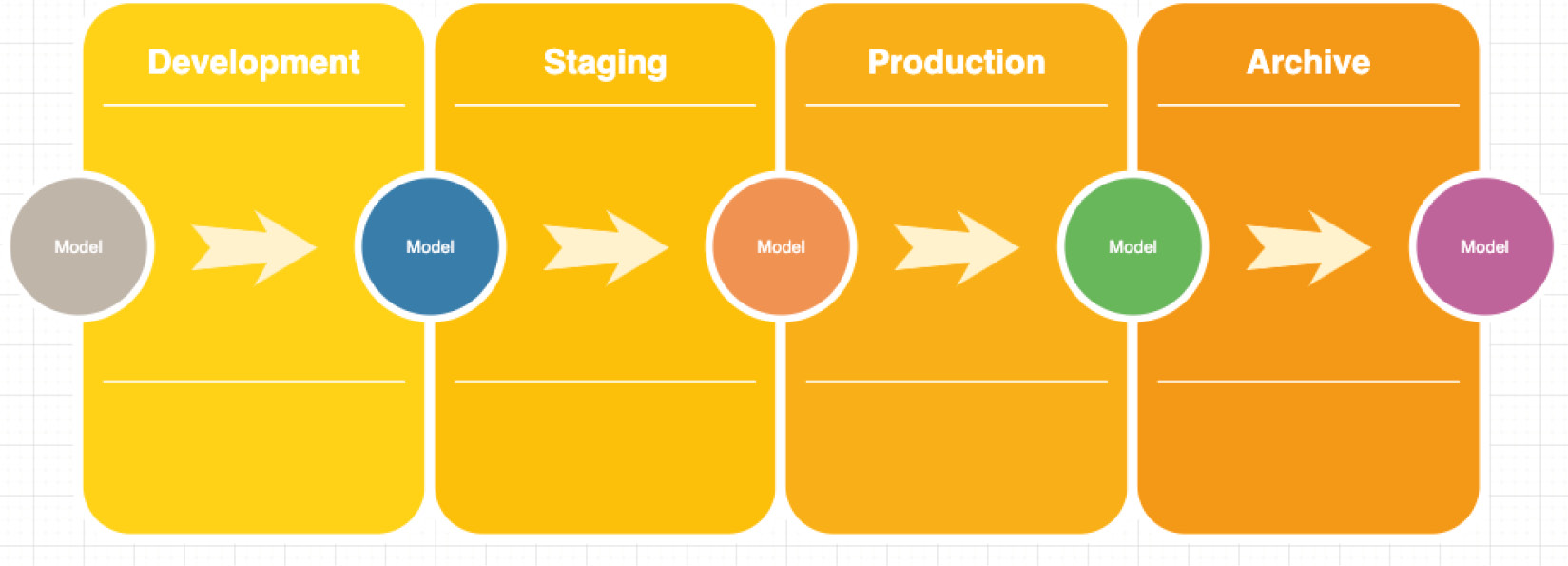Chapter 5: Managing Models with MLflow
In this chapter, you will learn about different features for model management in MLflow. You will learn about the model life cycle in MLflow and we will explain how to integrate it with your regular development workflow and how to create custom models not available in MLflow. A model life cycle will be introduced alongside the Model Registry feature of MLflow.
Specifically, we will look at the following sections in this chapter:
- Understanding models in MLflow
- Exploring model flavors in MLflow
- Managing models and signature schemas
- Managing the life cycle with a model registry
From a workbench perspective, we would like to use MLflow to manage our models and implement a clear model life cycle. The addition of managed model features to our benchmark leveraging MLflow will step up the quality and operations of our machine learning engineering solution.


